Voice/Resonance Curriculums for Speech Therapy
Comprehensive Plans for Improving Vocal Quality and Resonance
Our voice and resonance curriculums provide a clear, structured approach for helping children and teens improve their vocal quality, projection, and resonance in healthy, sustainable ways.
Each plan includes practical strategies and guided activities that teach students how to use their voice effectively and comfortably across real-world settings—from the classroom to the stage.
Give your students the confidence to speak clearly, comfortably, and with pride in their own voice.
✅ Structured. Evidence-based. Confidence-building.

Who’s it For?
Who Can Use It?
Choose your Curriculum:
You Don’t Have to Do This Alone.
Every child’s communication journey is unique — but you don’t have to reinvent the wheel for each one.
Our Speech Sound Curriculums are just the beginning. Inside the SLK Curriculum, you’ll find comprehensive therapy plans for every major area of communication:
- Language (vocabulary, grammar, comprehension, etc.)
- Speech sound pronunciation
- Social communication and pragmatic skills
- Fluency and stuttering
- Voice and resonance
- Functional Communication
Each curriculum walks you through the therapy process step-by-step — from first session to mastery — so you can spend less time planning and more time helping children and teens succeed.

Because when you have a clear plan, children make faster progress.
And when children start communicating clearly and confidently… everything changes.
Podcast: Play in new window | Download | Embed
Subscribe: Apple Podcasts | RSS
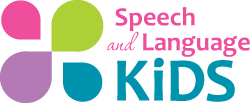
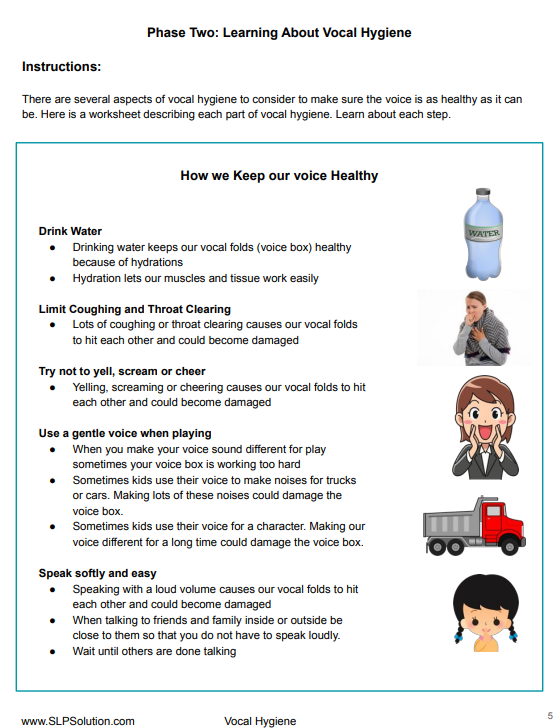
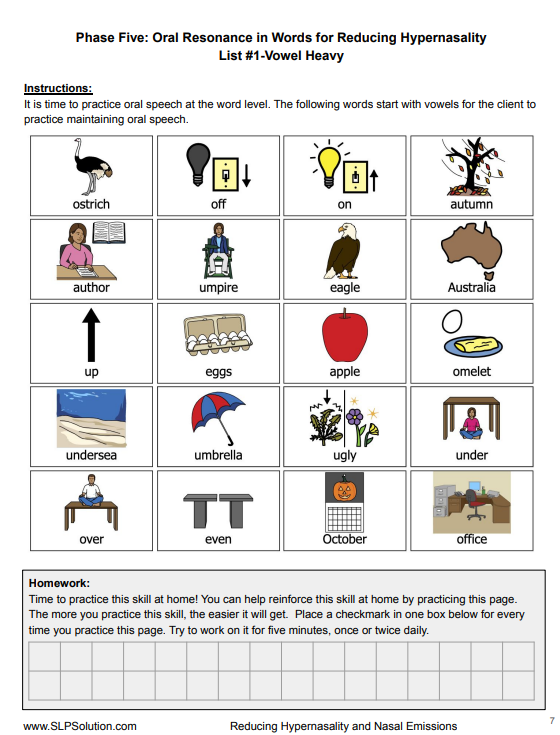
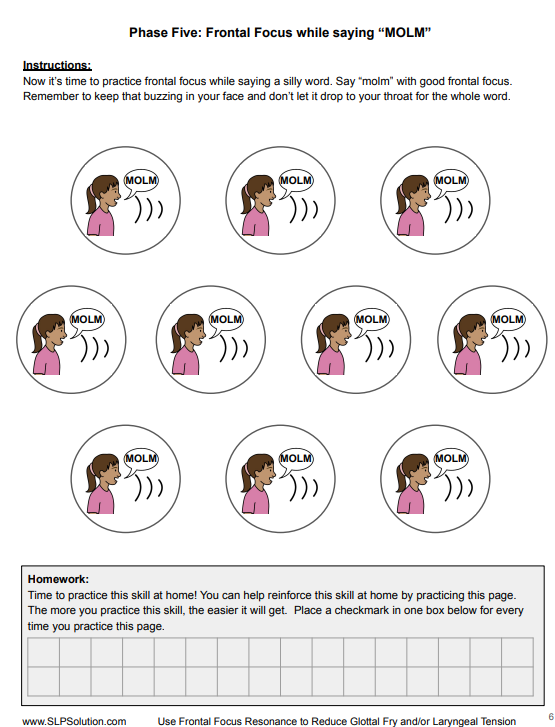
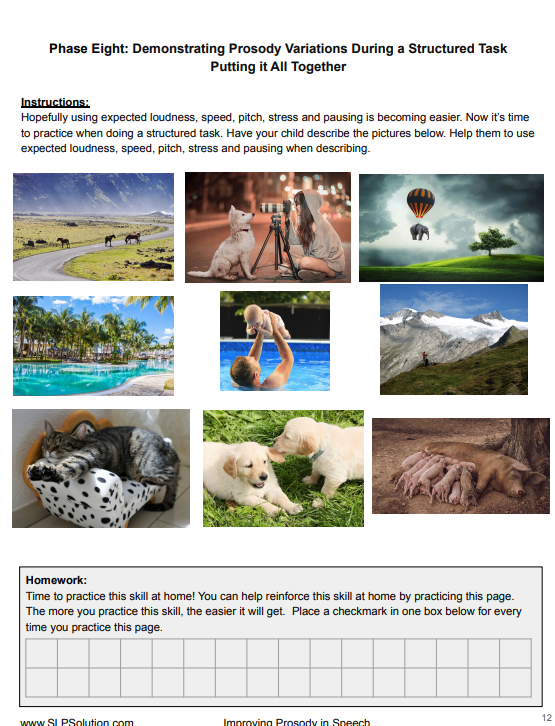

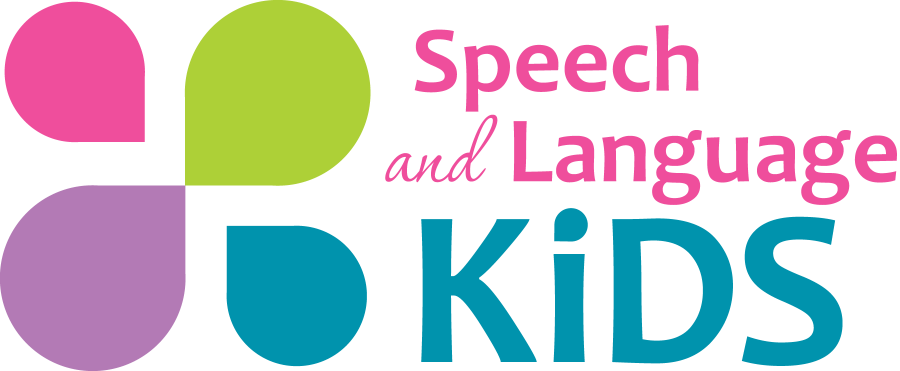
Speech and Language Kids’ Voice & Resonance Curriculums are very impressive to me – its detailed, scientifically based and practical display allows the speech therapists to use it without any problem in their daily work with the children.